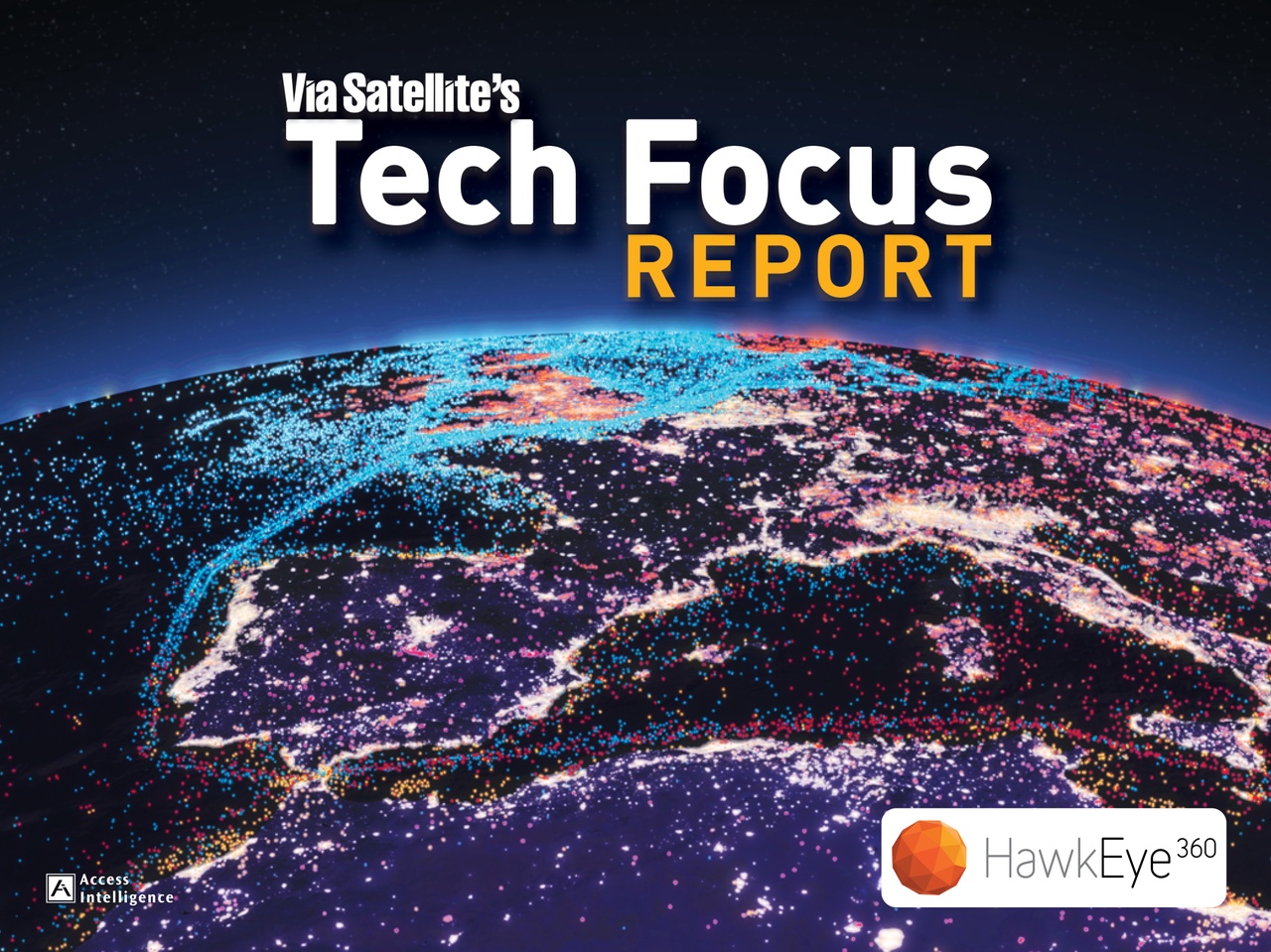
Fostering Diversity in Satcom: Encouraging Women to Engage and Succeed
July 24th, 2023
Just look around any satellite event, and you can tell instantly that the industry has a problem with diversity. The satcom industry has long been recognized as a male-dominated field, with a significant gender disparity persisting despite efforts to promote diversity. According to the UN, women account for only about one-fifth of the international space industry's workforce, and this has remained largely unchanged over the past three decades. Bridging the gender gap is not only a matter of social justice, but it also holds the potential for wide-reaching organizational and industry benefits.
Although progress to address the gender gap has been slow, there are visible signs that the industry is starting to change. It was clear from the Via Satellite two-part feature “Celebrating Women in Satellite” earlier this year that women are already making a big impact in the satellite and wider space industry. As the industry enters a new era with novel complexities and challenges, having diverse views and skills is more important than ever. How do we address the diversity challenge and inspire new talent to enter the satcom industry?
Existing Initiatives
A number of key industry players are taking proactive measures to engage and empower women with initiatives aimed at fostering diversity and inclusivity. One notable initiative is Space and Satellite Professionals International - Women in Space Engagement (SSPI-WISE). This group not only provides a valuable networking opportunity for women in the industry but also offers mentoring programs, which can significantly contribute to career advancement.
We’re also increasingly seeing industry events striving to strike a better balance by including more female speakers and panelists. A recent example of this was at Cabsat in Dubai in May, where a rare all female panel had an enthralling discussion about how the industry can create a more diverse environment. The inclusion of more female speakers and panelists encourages greater representation of diverse voices and perspectives, and this is helping to challenge traditional norms and biases within the industry.
There seems to be more women in the industry now than say, a decade ago, but what we really need to improve on is increasing the number of women in leadership and technical roles. It’s important that companies focus not only on recruiting women across all areas of the business, but also on providing opportunities for women to progress to leadership roles. Having more women in these roles will help to foster diverse perspectives and ideas, which is what is needed to tackle the evolving complexities and challenges that the industry is likely to face in coming decades.
The Role of Media
The media undoubtedly has a role to play in promoting diversity and gender balance in the satellite industry. By actively highlighting the achievements and contributions of women in the field, journalists and editors can help break down stereotypes. But this can be challenging because some people just don’t feel comfortable engaging in any kind of self-promotion.
While this can obviously apply to both genders, research such Exley and Kessler’s study, the Gender Gap in Self-Promotion, has shown that women are far less likely to shout about what a great job they’re doing than their male counterparts. And of course, this reluctance to self-promote is not only deterring women from being more visible in the media, it’s also impacting career progression. Because to progress and move up the career ladder into leadership roles, women need to make themselves more visible. And to do this, they need to promote their skills, talents, and accomplishments.
By actively seeking out and encouraging women to share their knowledge, opinions and experiences, the media can help create a more inclusive narrative and promote female role models. And we all need to step outside of our comfort zones and be those role models. Media coverage can also play a vital role in challenging preconceived notions of what roles women can fulfill within the satellite industry. By showcasing women in leadership and technical positions, journalists can counteract the prevailing stereotypes that may dissuade women from pursuing such careers.
Embracing Diversity
While significant efforts are being made to engage women with the satellite industry, the current gender gap suggests that we can and should do more. By continuously evaluating policies and practices with diversity in mind, companies can work to ensure they’re not inadvertently perpetuating gender biases or creating barriers to entry. Engaging in mentorship programs, implementing targeted recruitment strategies, and providing flexible work arrangements are all practices that can contribute to a more inclusive environment.
And let’s not forget that while gender diversity is crucial, diversity encompasses more than just gender. Efforts to engage women must be part of a broader strategy that promotes inclusivity in all its forms. Collectively, we need to create a culture that truly values and embraces diversity because not only is it the right thing to do, but by embracing a broader range of backgrounds, perspectives, and experiences, the industry will be better able to innovate and solve problems creatively. VS
Photo caption: Sharonda Lee-Timberlake of Intelsat, Elizebeth Varghese of Deloitte, and Khayalya Aliyeva of SES, speak on a panel during Cabsat in Dubai in May 2023. Credit: Satcoms Innovation Group
Helen Weedon is the Managing Director of Satcoms Innovation Group










